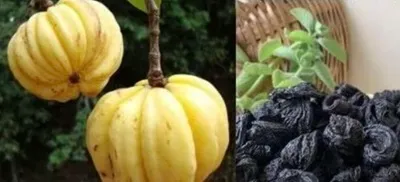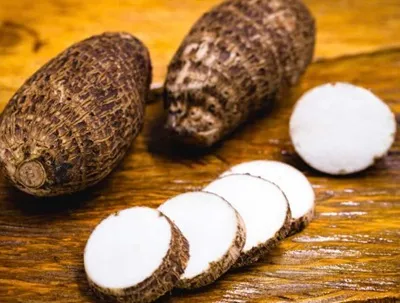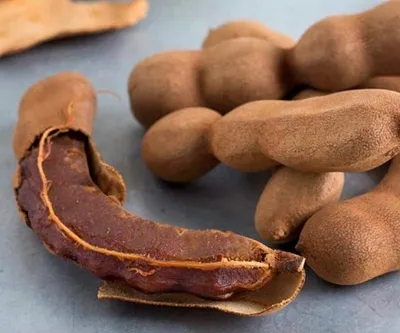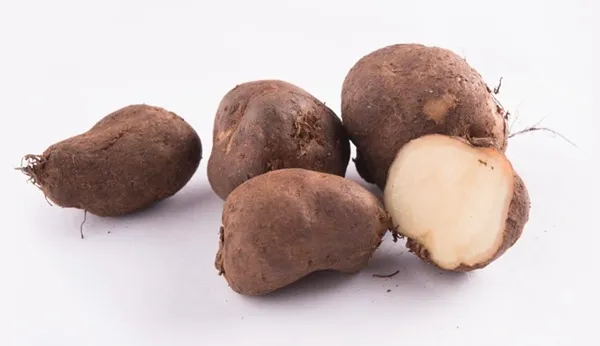
Cucumbers
Cucumbers (Cucumis sativus) are a staple in kitchens worldwide, celebrated for their crisp texture, mild flavor, and hydrating properties. Belonging to the gourd family (Cucurbitaceae), cucumbers are not only a culinary favorite but also a nutritional powerhouse.















